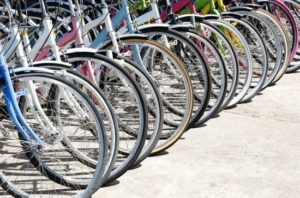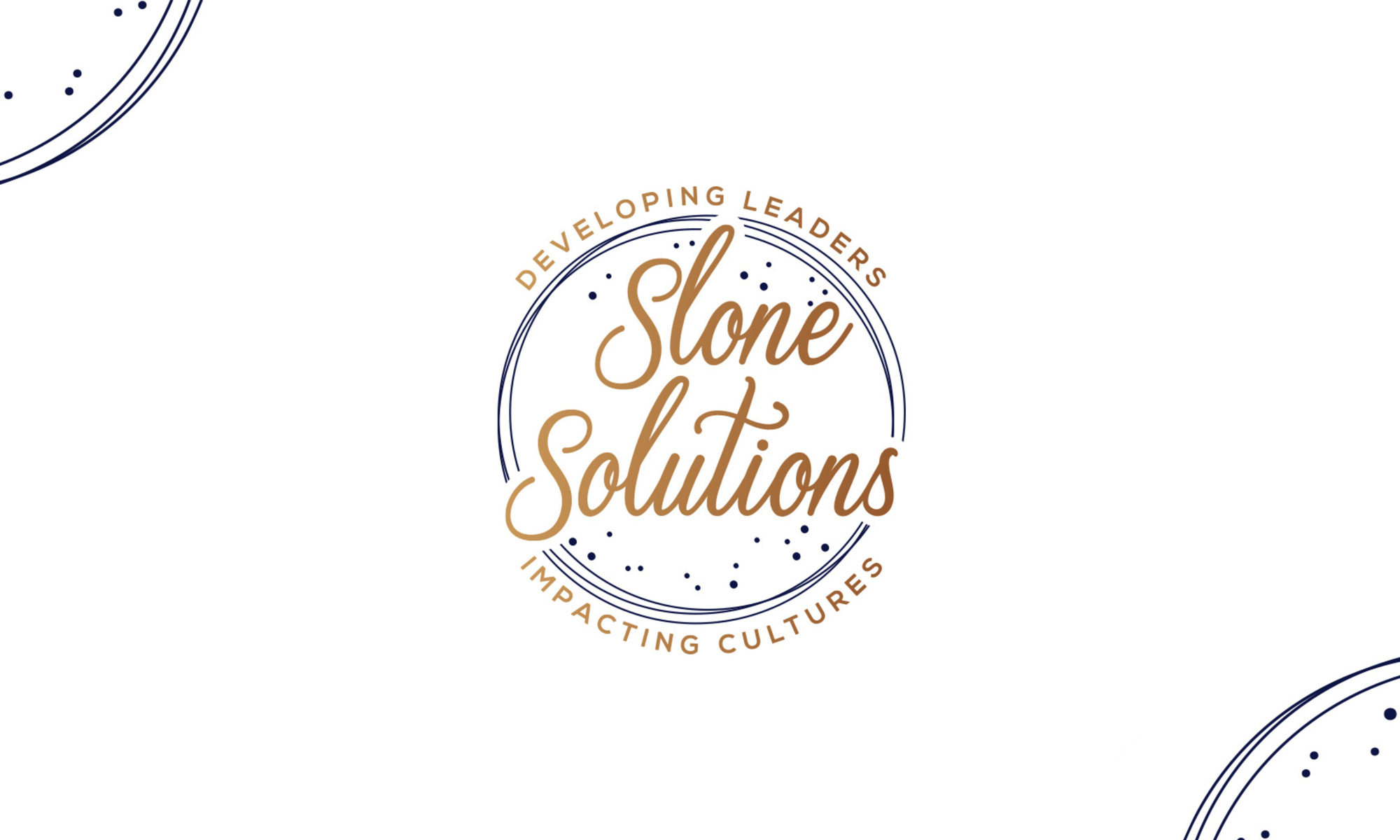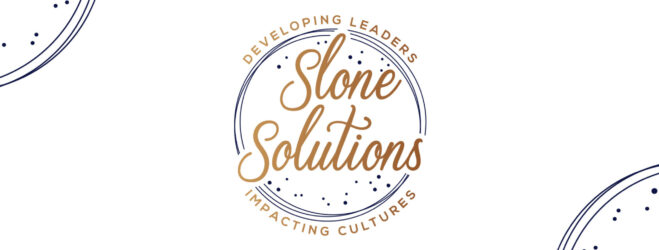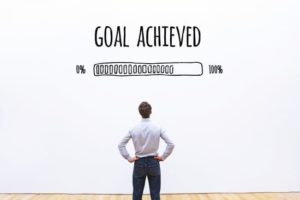
It’s not just toilet paper and Lysol wipes in short demand. It’s trampolines and freezers. And, have you tried to buy a bike recently? A few weeks back, we did.
The last time I purchased a bike was……well, never. Bikes were a childhood thing, not a mode of transportation I considered in high school or at college. In truth, at college my best friend had many horrid experiences of hitting stop signs or trees in her diversion to not hit pedestrians on a busy IU campus. (Go Hoosiers!) I’ve always opted for running or walking when outside, but when my daughter mastered the art of riding her bike sans training wheels, it was time to purchase a bike for me, so we could venture trails and paths as a family.
I approached searching for a bike, like shopping for a purse or pair of shoes. If I liked the look of the item, I simply “hearted” it on websites like Dick’s Sporting Goods or REI or Meijer. I had no clue the features or benefits of bikes. My last bike was a Schwinn 10-speed from 8th grade, probably collecting dust in my mom’s garage. Tires rotting.
The Shopping Experience
Here was my shopping approach. If I liked an item or brand, then I would search the brand’s website. Again, looking for the color of the bike. Not realizing there are so many different types. The cruiser. Off-road. Hybrid. Mountain. Electric. The Step Through. A world of overwhelm, the research and purchase became stressful.
I called friends who are bike enthusiasts. In truth, they love the outdoors; biking, swimming, hiking, running. They advised not to shop at a big box, but to look at local bike stores. So now surfing the web for my local bike stores, I’m shocked at the sticker price. Holy Cannoli bikes are spendy. Getting over the sticker shock, I began to shop. Daily consulting calls with my friends for advice and insights commenced. As I found a bike online, I’d call to ask thoughts and suggestions.
It wasn’t until my best friend’s husband advised, “buying a bike is like buying a car. Once you know the brand, you’ll want to go to a store and test drive it.” This analogy resonated as I consult in the auto industry. The light bulb went on. “Each brand of bike has its own website – its own franchise to provide greater details of the bike you like.” I was given two to three brands suggested for the type of trails and roads I planned to explore.
Shopping then became educational. I began to look at features: size, frame, suspension, seat, speed, tire size. Then it was time to schedule the appointments.
The Appointment
I know in any industry, when a sale knocks at your door, the response time is key. If an internet inquiry, the closing ratio increases with a 2-minute response. Other metrics will suggest anywhere from a 15-minute to 2-hour response time. For me, making the appointment was a challenge in itself.
I phoned three local bike stores. One I left a voice message for, and to this day, I haven’t heard back. The second, I called with only a message that the store was operating on alternate hours due to the pandemic. No option to leave a message was offered. The third answered and scheduled an appointment for later in the week.
On that Friday, we packed in the car, excited to venture out. We were on a mission. The Goal? Purchase a bike and bring it home. We arrived to the Trek store and the doors were closed. We had face masks on, waiting for acknowledgement that we were there.
The doors opened and the staff looked surprised to see us. We communicated we had an appointment at 2pm, glanced at our watches for a time of 2:04 pm. We were invited in. We communicated that I was looking for a hybrid and that my husband was also considering a new bike. So that was an opportunity for not one, but TWO sales. (Count Dracula laugh from sesame street – ah ah ah).
Bikes filled the massive showroom and we were told, “We have no available inventory. We would have to order online, and nothing is scheduled to arrive until June.” There was no sales pitch, no invitation to review bike types or test drive anything. No questions as to, “what might you be looking for.” The staff dismissed us and our attempts to purchase a bike.
My facial expression was hidden by my face mask, yet my eyes spoke volumes. I thought, “why didn’t you tell me this on the phone? Why make us travel to the store if you knew this in advance?” We had simply interrupted their assembly time, and we were the inconvenience.
We drove home feeling frustrated. But now the mission was on. I would have a bike. I called the other two shops and after multiple attempts to a store in Glen Ellyn, the phone was answered. “Yes, we have inventory. We are getting new inventory every day.” I made an appointment to visit the next day.
We arrived at our scheduled appointment time and realized the appointment was not an actual appointment, rather a “wait in line until the next customer is done.” We were admitted to the store 20 minutes after our “time spot” and we inquired about specific brands and models.
Both myself and my husband were able to test drive the bikes. My husband’s choice was unfortunately purchased by another client who was in the store concurrently. “Apologies, the client who arrived before you, has selected to purchase that bike.” I selected a hybrid and they serviced and added accessories: a water bottle holder and a kick stand (yes, bikes no longer come with these – you purchase them as an accessory.)
We were told to wait in our vehicle and they would bring the bike out when ready. We were advised, they would reach out to my husband, when additional inventory for his bike size arrived. To date, although we’ve made attempts to reconnect with the store, no follow up on their end.
LESSONS LEARNED & TIPS to ENHANCE CLIENT COMMUNICATION
- Transparency is key. Tell clients what to expect. Limited menus, limited inventory. No inventory. Set expectations before they arrive.
- Communicate. Updating websites with call times or messages of “due to extremely high call volumes, our response time is now 2 business days.” Be certain to under-promise and over-deliver. People simply want to be “in the know.”
- If you set appointments, keep the time frame.
- Ask clients what they hope to accomplish during their experience. It’s a good opener to see if you can meet those expectations. Then plan to exceed them.
- Have a system for follow up. A CRM or database to track information. Take notes. Take the time to get to know your clients.
The store in Glen Ellyn earned my purchase, but not my husband’s. He rides his older bike and will consider a purchase next season. I question if I will travel that far to service my new Cannondale.
For now, let the family bike adventures begin!



 Valentine’s has passed. The shortest month of the year is coming to an end. Every day we are closer to Winter’s end and the days grow longer with additional sunlight. Green decorations, anticipation for Spring and thoughts of March Madness are on the horizon. We’ve stopped greeting each other with “Happy New Year.” Yet……..have you made any strides on your resolution or Q1 goals? Are you implementing? Or, has the adrenaline rush for a magnificent 2020 tapered as daily routines absorb your attention? Have priorities shifted? What are you doing to keep momentum?
Valentine’s has passed. The shortest month of the year is coming to an end. Every day we are closer to Winter’s end and the days grow longer with additional sunlight. Green decorations, anticipation for Spring and thoughts of March Madness are on the horizon. We’ve stopped greeting each other with “Happy New Year.” Yet……..have you made any strides on your resolution or Q1 goals? Are you implementing? Or, has the adrenaline rush for a magnificent 2020 tapered as daily routines absorb your attention? Have priorities shifted? What are you doing to keep momentum? EMOTIONS
EMOTIONS